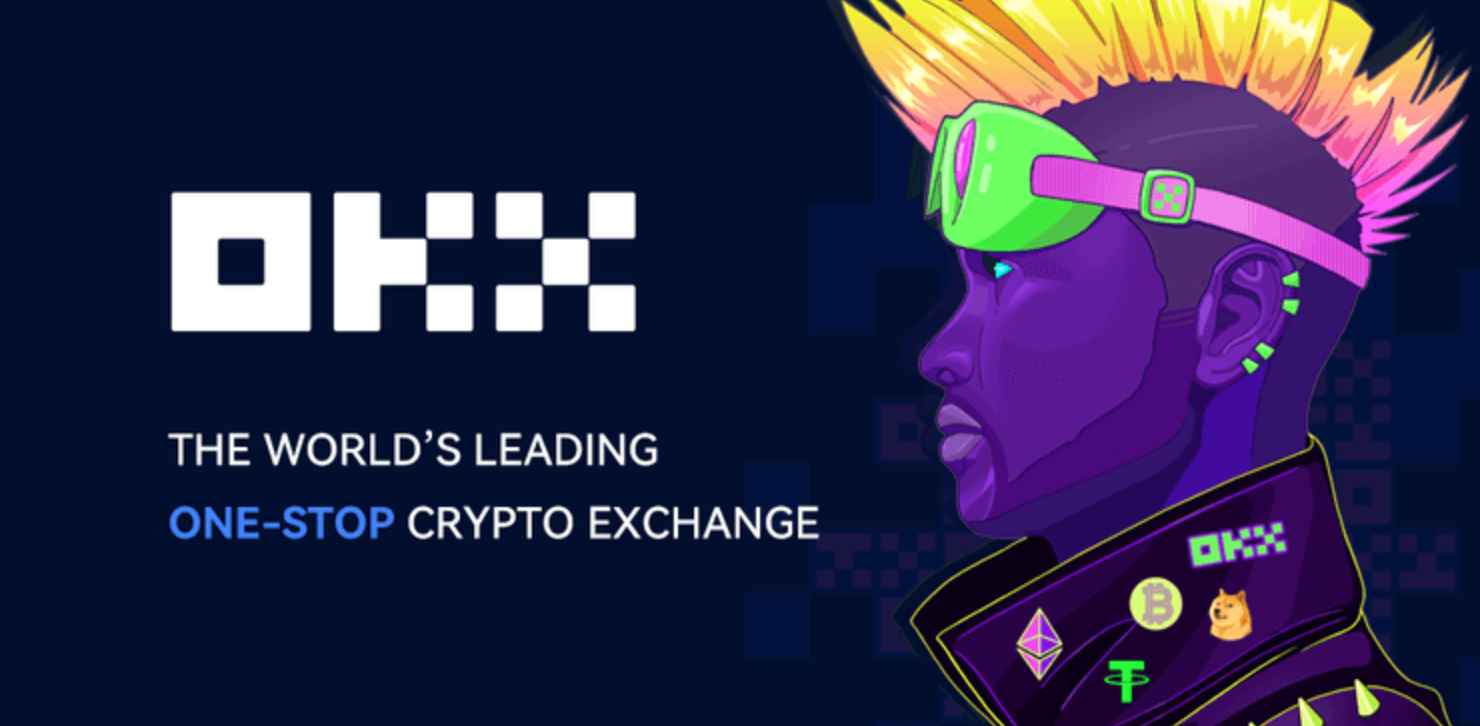Protocol Village Fuse, Layer-1 Chain Focused on Payments Introduces Charge for Merchan
Fuse, a cutting-edge layer-1 blockchain platform, has launched 'Charge,' an innovative non-custodial merchant bank designed specifically for Web3 businesses.

Fuse, a layer-1 blockchain platform designed to streamline Web3 payments, has launched 'Charge,' a pioneering non-custodial merchant bank tailored for Web3 businesses. This innovative service provides a comprehensive suite of payment solutions, enabling merchants to handle both crypto and fiat transactions seamlessly Key Features of Charge:
-
Non-Custodial Solution: Charge allows businesses to maintain full control over their assets without the need for a banking license, ensuring security and autonomy in transactions.
-
Low Transaction Fees: With a flat fee of only 0.5% per transaction, Charge offers a cost-effective alternative to traditional banking services, with options for merchants to reduce fees to zero by locking charge tokens.
-
Comprehensive Payment Services: The platform supports invoicing, automated billing, and multi-currency transactions, making it easy for merchants to cater to international customers without needing separate systems.
-
Developer-Friendly API: Charge provides a complete API stack that integrates smoothly with popular e-commerce platforms like Shopify, WooCommerce, and Magento, allowing for easy payment connections and real-time transaction tracking.
-
Focus on SMBs: Charge is specifically designed to enhance payment systems for small and medium-sized businesses, facilitating transactions in multiple cryptocurrencies and fiat, thus lowering barriers to international commerce.
Market Impact:
-
Growing Demand for Web3 Payments: Analysts predict that the Web3 payments market will reach $3 billion by 2025, with a compound annual growth rate of 40%. Charge aims to address the hesitance of businesses to adopt cryptocurrency payments by simplifying the process and enhancing security.
-
Bridging Web2 and Web3: By enabling seamless integration of crypto payments alongside traditional fiat transactions, Charge helps businesses transition into the Web3 space while maintaining a user-friendly experience.
Charge represents a significant advancement in the payment solutions landscape for Web3 enterprises, setting new standards for merchant banking in a decentralized world. With its innovative features and focus on user control, Charge is poised to revolutionize how businesses engage with digital currencies and expand their global reach. Description:
Fuse, a layer-1 blockchain platform designed to streamline Web3 payments, has launched 'Charge,' a pioneering non-custodial merchant bank tailored for Web3 businesses. This innovative service provides a comprehensive suite of payment solutions, enabling merchants to handle both crypto and fiat transactions seamlessly.
Key Features of Charge:
-
Non-Custodial Solution: Charge allows businesses to maintain full control over their assets without the need for a banking license, ensuring security and autonomy in transactions.
-
Low Transaction Fees: With a flat fee of only 0.5% per transaction, Charge offers a cost-effective alternative to traditional banking services, with options for merchants to reduce fees to zero by locking charge tokens.
-
Comprehensive Payment Services: The platform supports invoicing, automated billing, and multi-currency transactions, making it easy for merchants to cater to international customers without needing separate systems.
-
Developer-Friendly API: Charge provides a complete API stack that integrates smoothly with popular e-commerce platforms like Shopify, WooCommerce, and Magento, allowing for easy payment connections and real-time transaction tracking.
-
Focus on SMBs: Charge is specifically designed to enhance payment systems for small and medium-sized businesses, facilitating transactions in multiple cryptocurrencies and fiat, thus lowering barriers to international commerce.
Market Impact:
-
Growing Demand for Web3 Payments: Analysts predict that the Web3 payments market will reach $3 billion by 2025, with a compound annual growth rate of 40%. Charge aims to address the hesitance of businesses to adopt cryptocurrency payments by simplifying the process and enhancing security.
-
Bridging Web2 and Web3: By enabling seamless integration of crypto payments alongside traditional fiat transactions, Charge helps businesses transition into the Web3 space while maintaining a user-friendly experience.
Charge represents a significant advancement in the payment solutions landscape for Web3 enterprises, setting new standards for merchant banking in a decentralized world. With its innovative features and focus on user control, Charge is poised to revolutionize how businesses engage with digital currencies and expand their global reach.
FAQ
1. What is Fuse?
Fuse is a layer-1 blockchain platform designed to simplify Web3 payments, enabling businesses to efficiently handle transactions in both cryptocurrency and fiat.
2. What is 'Charge'?
Charge is a non-custodial merchant bank introduced by Fuse, specifically designed for Web3 businesses. It offers a comprehensive suite of payment solutions that facilitate seamless transactions for merchants.
3. What are the key features of Charge?
-
Non-Custodial Solution: Businesses retain full control over their assets without needing a banking license.
-
Low Transaction Fees: Charge offers a flat fee of 0.5% per transaction, with options to reduce fees to zero by locking charge tokens.
-
Comprehensive Payment Services: Supports invoicing, automated billing, and multi-currency transactions.
-
Developer-Friendly API: Integrates easily with popular e-commerce platforms like Shopify, WooCommerce, and Magento.
-
Focus on SMBs: Tailored to enhance payment systems for small and medium-sized businesses.
4. How does Charge benefit small and medium-sized businesses?
Charge simplifies the payment process for SMBs by allowing them to accept multiple cryptocurrencies and fiat, thus lowering barriers to international commerce and enhancing their global reach.
5. What is the market impact of Charge?
Analysts predict that the Web3 payments market will reach $3 billion by 2025, with Charge addressing the hesitance of businesses to adopt cryptocurrency payments by simplifying the process and enhancing security.
6. How does Charge bridge Web2 and Web3?
By enabling seamless integration of crypto payments alongside traditional fiat transactions, Charge helps businesses transition into the Web3 space while maintaining a user-friendly experience.
7. What is the future outlook for Charge?
Charge is poised to revolutionize how businesses engage with digital currencies, setting new standards for merchant banking in a decentralized world, with innovative features that prioritize user contro
What's Your Reaction?















